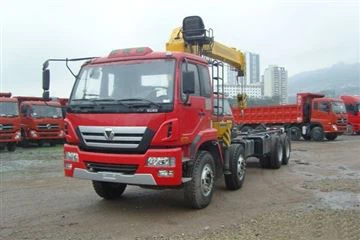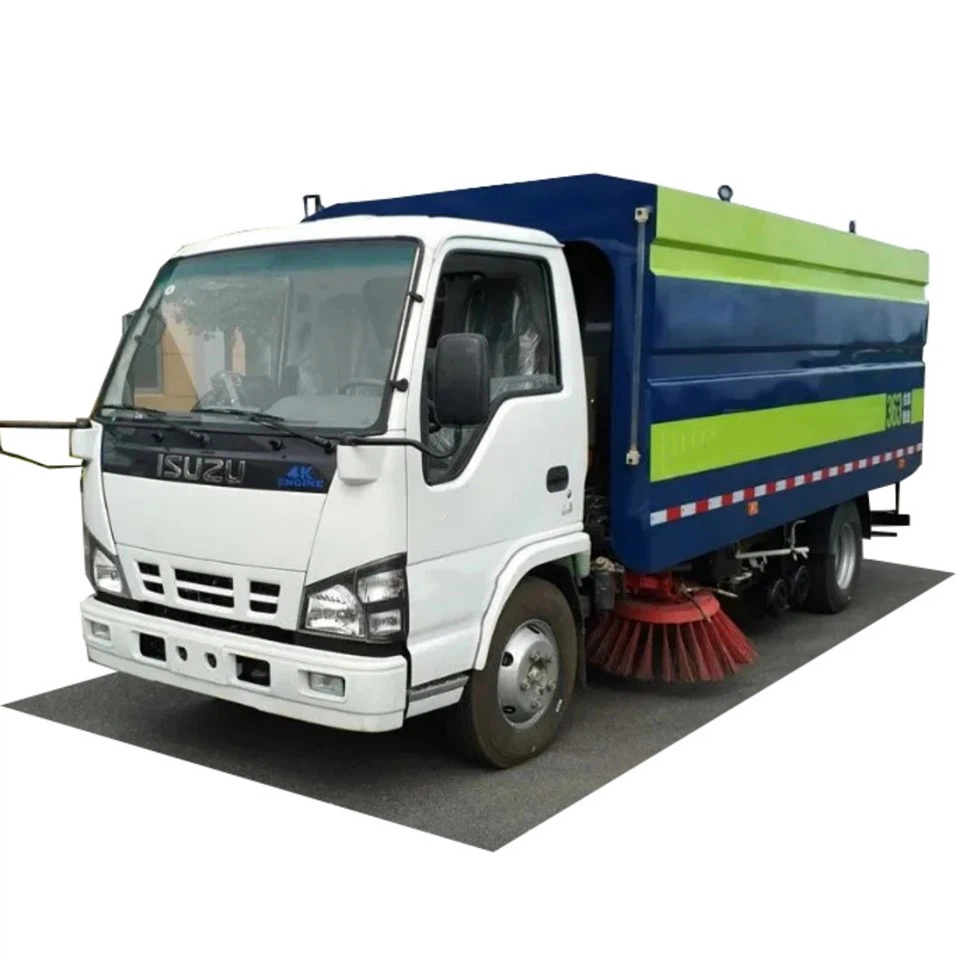The Comprehensive Guide to the Capacity of Fuel Tankers

Introduction
Fuel tankers play a critical role in the transportation of petroleum products across the world. They are designed to carry large quantities of fuel over significant distances, making them essential for energy supply chains. Understanding the capacity of fuel tankers is vital for companies involved in fuel trading, logistics, and distribution. This article provides an in-depth look at fuel tanker capacities, types of tankers, operational considerations, and practical examples to help readers grasp this essential aspect of the fuel industry.
What Is a Fuel Tanker?
A fuel tanker is a specialized vehicle or vessel equipped to transport liquid fuels such as gasoline, diesel, and other petroleum products. They vary in size and design, depending on their intended use, ranging from small road tankers to large ocean-going ships. Their primary purpose is to ensure the safe and efficient movement of fuel from production facilities to storage depots or retail outlets.
Types of Fuel Tankers
1. Road Tankers
Road tankers are large trucks designed for transporting fuel overland. They are equipped with insulated and pressurized tanks and are often utilized for last-mile delivery.
2. Rail Tankers
Rail tankers carry fuel through railway networks. These tankers can transport larger volumes compared to road tankers, making them suitable for long-distance travel.
3. Barges
Barges are flat-bottomed vessels used to transport liquids on inland waterways. They can carry substantial quantities of fuel but are limited to regions with navigable waterways.
4. Tank Ships
Tank ships are large ocean-going vessels specifically designed for transporting crude oil and refined products. They are capable of carrying millions of gallons of fuel over long distances.
Fuel Tanker Capacities: A Detailed Look
Understanding the capacity of different types of fuel tankers is crucial for logistics planning. Here is a breakdown of capacities typically found in various tankers:
| Type of Tanker | Typical Capacity (Gallons) | Typical Capacity (Liters) |
|---|---|---|
| Road Tanker | 5,000 – 10,000 | 18,927 – 37,854 |
| Rail Tanker | 25,000 – 35,000 | 94,635 – 132,486 |
| Barge | 15,000 – 30,000 | 56,781 – 113,562 |
| Tank Ship | 300,000 – 2,000,000 | 1,135,623 – 7,571,000 |

Factors Influencing Fuel Tanker Capacity
1. Design and Construction
The design of a fuel tanker, including the materials used and the size of the compartments, directly affects its capacity. Specialized tankers may have features to handle specific types of fuels.
2. Regulatory Requirements
Regulations enforced by governments can impact fuel tanker capacities. For example, safety standards dictate certain design specifications that may limit or enhance capacity.
3. Type of Fuel
Different types of fuel have varying densities. For example, gasoline is less dense than diesel, which can influence how much fuel a tanker can carry based on its volume.
Operational Considerations for Fuel Tankers
1. Loading and Unloading Procedures
Proper loading and unloading procedures are crucial to maximize efficiency and safety when handling fuel. These procedures must be well-structured and comply with regulatory standards.
2. Maintenance and Safety Checks
Regular maintenance and safety checks are vital to ensure that fuel tankers operate efficiently and safely. This includes inspecting tanks, valves, and pumps to prevent leaks.
3. Fuel Management Systems
Utilizing fuel management systems can enhance operational efficiency. These systems track fuel usage, manage inventory levels, and can provide real-time data on fuel transport.
Practical Examples of Fuel Tanker Operations
1. Road Tanker Delivery
A petroleum company may utilize a road tanker with a capacity of 8,000 gallons to deliver fuel to various gas stations across a region. The driver plans routes to optimize delivery times and reduce fuel consumption.

2. Rail Tanker Transportation
A rail service may deploy 50 rail tankers, each capable of holding 30,000 gallons, to transport diesel from refineries to distribution centers. This method of transport reduces costs and is environmentally friendly.
3. Large Scale Maritime Shipments
An oil conglomerate operates Very Large Crude Carriers (VLCCs) with a capacity of up to 2 million gallons. These tankers transport crude oil from international waters to refining facilities around the world.
Environmental Considerations in Fuel Transport
With the increasing focus on sustainability, the fuel transportation industry must consider its environmental impact. Some key considerations include:
1. Spill Prevention and Response
Spill prevention measures must be in place, including the use of double-hulled ships and emergency response plans to mitigate environmental damage.
2. Emission Regulations
Fuel transport companies are required to comply with emission standards that limit the release of pollutants into the atmosphere during transit.
3. Sustainability Practices
Many companies are adopting sustainable practices by investing in cleaner technologies and seeking alternative fuels to reduce their carbon footprint.
Future Trends in Fuel Tanker Capacities
As technology advances and the global energy landscape evolves, the capacities of fuel tankers are likely to change. Some emerging trends include:
1. Smart Tankers
With the rise of IoT and smart technologies, future fuel tankers could be equipped with sensors to monitor fuel levels, temperature, and tank integrity in real time, improving operational safety.
2. Alternative Fuels
The push for alternative fuels, like biofuels and hydrogen, may lead to new designs and tanker capacities tailored specifically for these products.
3. Automation
Automation in fueling operations – from loading to unloading – could increase efficiency, reduce human error, and enhance safety protocols.
FAQs about Fuel Tanker Capacity
1. What is the average capacity of a road fuel tanker?
The average capacity of a road fuel tanker is typically between 5,000 to 10,000 gallons, depending on the design and regulations.
2. How does the fuel type affect tanker capacity?
Different types of fuel have varying densities, which means that a tanker may hold a different volume of fuel depending on whether it’s carrying gasoline, diesel, or another product.
3. What safety measures are in place for fuel tankers?
Safety measures include regular inspections, spill response plans, double-hulled designs for larger tankers, and compliance with industry regulations.
4. Can I track the fuel delivered by a tanker?
Yes, many fuel transport companies use GPS and management software to provide real-time tracking of fuel deliveries, enhancing transparency and accountability.
5. Are there specific regulations governing fuel tanker capacities?

Yes, various regulations at the national and international levels govern fuel tanker capacities, including safety and environmental standards that must be adhered to during transport.
6. What innovations are being made in fuel tanker technology?
Innovations include the use of smart technologies, automation, and systems to monitor fuel conditions and improve the sustainability of fuel transport.
